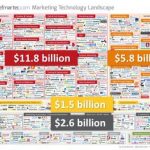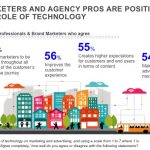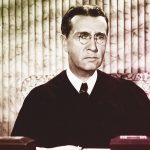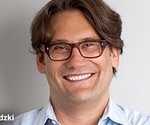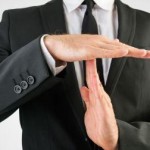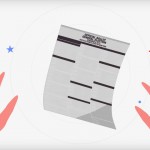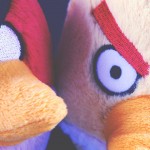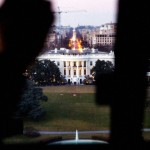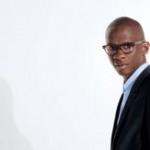Khrushchev Visits IBM: A unusual story of Silicon Valley historical past
In September of 1959, Nikita Khrushchev, the preferable of the Soviet Union and first secretary of its Communist birthday party, spent 12 days touring the united states. The commute–which occurred all through a short thawing of the cold battle, and was supposed to thaw it further–included conferences with notables akin to President Eisenhower, vp Nixon, and Eleanor Roosevelt; visits to American institutions corresponding to a film studio and a grocery store; and encounters with odd voters, together with both smartly-wishers and protesters. It captured the nation’s creativeness and dominated newspaper headlines and tv news pronounces. Like many americans who weren’t alive at the time and know the rest at all about Khrushchev’s U.S. go back and forth, I’ve been most familiar with it for what it famously didn’t embody: a consult with to Disneyland. regardless of no longer really understanding what the Anaheim theme park was once all about, the irascible Soviet chief was incensed when his American hosts denied him get right of entry to to it on safety grounds. “For me the situation is impossible,” he erupted, right through an tackle at a luncheon on the 20th Century Fox lot. “I cannot to find phrases to explain this to my individuals.” but Khrushchev’s U.S. shuttle deserves to be remembered for a lot more than that. And on November 18, PBS’s American expertise will file it in a software titled cold battle Roadshow. The episode features new commentary via Khrushchev’s son Sergei, who accompanied his father on the tour. among the many stops which the express will quilt is Khrushchev’s discuss with to IBM’s facility in San Jose, California on September 21. I didn’t find out about it except I heard of cold battle Roadshow–nevertheless it’s a fascinating little slice of Silicon Valley history. And the producers have been good sufficient to supply fast firm with this unique preview of the IBM component of the express.
After observing that clip, I instinctively needed to dig deeper into the story of Khrushchev at IBM. The more I learned, the more interesting the discuss with bought.
IBM Goes West
In 1959, Silicon Valley wasn’t yet often called Silicon Valley–the term didn’t appear in print except 1971–and was once still in the earliest stages of turning into a center of technical innovation. Hewlett-Packard had been in industry considering that 1939, however was once a maker of scientific tools, not computer systems; Shockley Semiconductor and Fairchild Semiconductor, the companies which kickstarted the chip industry, were nonetheless vague startups.
the big apple-based totally IBM, which first based operations in San Jose within the 1940s, broke floor on a major new facility there in 1956, devoted to each analysis and manufacturing. It was once a part of a West Coast enlargement effort which also saw the corporate establishing new presences in San Francisco, la, Santa Monica, Seattle, and Portland. In San Jose, the corporate received a couple of hundred acres of walnut groves–agriculture, quite than technology, still being the region’s primary industry. It cleared the land and erected structures designed by means of John Bolles, a referred to California architect who designed the San Francisco Giants’ Candlestick Park rapidly thereafter. Bolles gave IBM a posh of low-slung, colourful constructions, complemented through touches reminiscent of modern sculpture, a reflecting pool, and a central cafeteria with patios for outside dining. Tiles on the exteriors have been supposedly intended to evoke the punch cards utilized by computers of the generation. vintage images convey a lot of male staff in jackets and ties at work at the facility–we’re talking about IBM in the 1950s, in any case–but the goal was to create an atmosphere for informal, convivial collaboration.
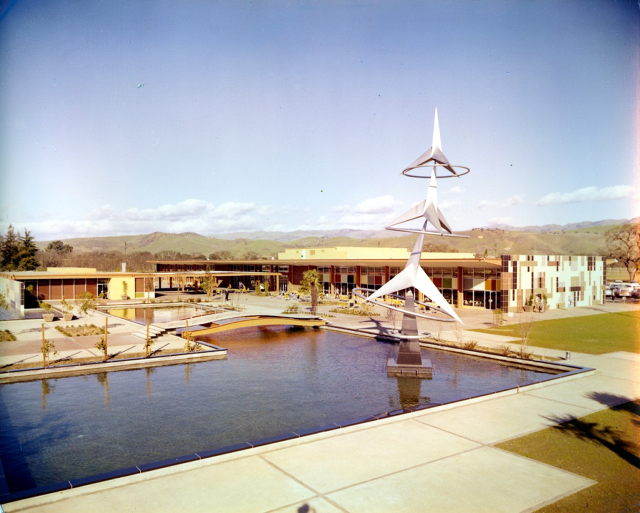
What IBM constructed used to be highly extraordinary in that era, and bore no resemblance to the company’s headquarters, that have been then in a 20-story building on Madison Avenue in manhattan. From the collegiate atmosphere to the eye given to protecting everyone neatly fed, it’s recognizable as a prototypical tech-firm campus of the type which brand new giants of the valley similar to facebook and Google now occupy.
Invitation well-known
IBM’s president on the time, Thomas J. Watson Jr.–son of the corporate’s founder–dedicated a prolonged section to the Khrushchev discuss with in his autobiography, Father, Son & Co: My existence at IBM and beyond. When he heard of Khrushchev’s deliberate U.S. commute, he noticed an opportunity to leverage it to IBM’s benefit, and despatched the optimum a wire inviting him to visit any of the company’s crops. He learned that the provide had been universal when Soviet officers confirmed up in San Jose to scout issues out.
Watson knew that some IBM workers can be unhappy with the conception of the company internet hosting the leader of the Soviet Union–especially the refugees who the company had employed after Khrushchev crushed the Hungarian revolution in 1956. On manufacturing facility bulletin boards, the company posted a statement from Watson saying that the seek advice from was no longer an endorsement of the Khrushchev regime, providing any worker who was once irate over the discuss with two days off with pay. Khrushchev’s discuss with to los angeles, two days sooner than he reached San Jose, had no longer long gone smartly. in addition to the Disneyland dustup, he squabbled over the relative deserves of capitalism and communism with twentieth Century Fox President Spyros Skouras at the aforementioned luncheon, in front of visitors similar to Sammy Davis Jr., Kirk Douglas, Marilyn Monroe, and David Niven. At any other adventure, L.A. Mayor Norris Poulson advised Khrushchev that american citizens would struggle to the demise to protect their way of life, whereupon Khrushchev threatened to cancel the rest of his U.S. travel. the following day, in San Francisco, was once a ways much less nerve-racking. When the most appropriate and his entourage arrived at IBM, a crowd estimated at a thousand had gathered, including voters brandishing indicators with slogans comparable to “the united states TOO needs PEACE” and “GOD BLESS NIKITA.” The photographic evidence suggests that Khrushchev, carrying a white cap which had been given to him by using a San Francisco longshoreman earlier in the day, used to be in a jolly temper.

the way in which the seek advice from started–with lunch in IBM’s cafeteria–made him even happier. In a hall full of lots of of employees, Khrushchev and different Soviet dignitaries were introduced with trays and advised to enroll in the line at the counter. In Father, Son & Co., Watson recalled giving instructions that the cafeteria will have to serve its usual fare, however that the food turned out fancier than general. in step with Harrison Salisbury’s coverage of the talk over with in the big apple times, the foremost chose onion soup, a basket of fried chicken, fruit salad, iced tea, and a large glass of orange juice. The cafeteria supplied plates and bowls that had been intentionally on the small side to discourage people from taking an excessive amount of, but “as we went alongside i spotted he was once heaping his bowl with increasingly meals,” Watson remembered.
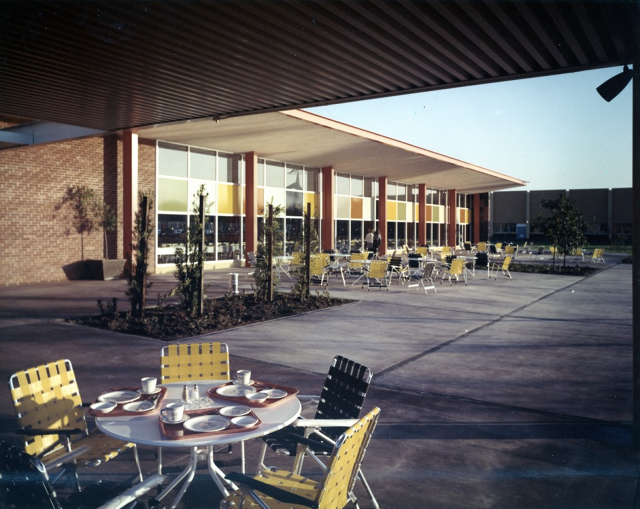
the idea that of self-serve dining was so unknown in the Soviet Union that Sergei Khrushchev remembered Vyacheslav Petrovich Yelutin, the minister for higher schooling, failing to notice a niche in the counter, whereupon his tray of food fell to the ground with a clatter. however Khrushchev used to be smitten with the expertise. What did he like? as regards to everything. He admired it a lot that he went dwelling and recommended Soviet factories to construct cafeterias which mimicked what he’d considered in San Jose. As he explained in his memoirs:
The management and the employees both ate their in the lunchroom. Like everybody else, we picked up our utensils and went to the window the place they provide out the foods, they put our food on our plates, and we went again to no matter desk we chose, and when we had eaten that dish shall we repeat the procedure and get some other dish. It was a democratic arrangement. i think the management was once deliberately looking to make a demonstration of democracy, and that i admit that I liked it very a lot. In my speeches in a while [back in the USSR] I promoted and inspired this kind of food carrier for our factories: there was nothing superfluous any place in the operation. the skin of the tables within the lunchroom was plastic. All you had to do was wipe it with a humid fabric and the desk used to be easy. I used to be knowledgeable that the director of the manufacturing unit additionally ate in that lunchroom. sadly, in our u . s . a . at many factories there are separate lunchrooms for the management and for the employees. a huge workforce of provider personnel has to be kept up. The service isn’t any better for all that; in truth, it’s worse. There are long ready lines continuously, and the employees mutter their dissatisfaction against the way in which the lunch destroy is equipped. That’s why I advisable to the leaders of our birthday celebration and trade-union firms that they adopt this American system.
After lunch, Watson, Khrushchev, and their respective entourages proceeded to the manufacturing unit ground, where IBM manufactured the 305 RAMAC–the first laptop which came with a hard disk. laborious disks themselves had been invented a number of years previous through an IBM crew in San Jose led by using Reynold B. Johnson. announced a year prior to Khrushchev’s discuss with, the RAMAC had a capability of a whopping 5 MB, the usage of a difficult-drive unit the scale of two refrigerators. via storing packages and data on disk, the gadget ushered to start with of the end of the generation of punch cards.

On the manufacturing unit flooring, Khrushchev buttonholed a few staff, grilling them on their salaries and bills for groceries and housing. (consistent with Salisbury’s report in the brand new York instances, one made $118 a week, with monthly bills of $80 for groceries and $a hundred for the house he was once buying.) He gave them medals commemorating the Soviet’s Luna 2 area probe, which had landed on the moon one week earlier. Khrushchev additionally “looked at some of the digital brains that fire again answers to questions even more fast than he does,” snarked Douglas R. Cornell of the associated Press. “There’s a distinction, although. Khrushchev occasionally gets so much hotter than the machines when he answers.” To make the RAMAC’s slicing-area expertise tangible to its guest, IBM had rigged up a demo which feels like a 1950s equivalent of it teaching its Watson supercomputer (named for Watson Jr.’s father, IBM’s founder) to play world-category Jeopardy greater than 50 years later. reading Watson Jr. describe it in his autobiography, it sounds love it may nonetheless be enjoyable to play with:
the computer demonstration we deliberate for Khrushchev was once lovely dramatic. We had the RAMAC programmed to work like an digital historical past e-book. you need to ask it in any of ten languages for the key events of any 12 months from four B.C. to the present. in fact, some years were not as eventful as others, however we had one thing for every year. for those who stated A.D. 30, for instance, the laptop would kind out “Salome requested for and bought the head of John the Baptist.” And, extra to the purpose, if you happen to stated 1917 it would reply “The Russian Revolution.” This demonstration was once pricey to my heart as a result of I’d notion it up myself.
historical past, so far as i will tell, doesn’t report what Khrushchev thought of Watson’s electronic historical past guide. if truth be told, the primary factor it says about his reaction to the RAMAC was that he used to be detached. “Father didn’t pay any explicit attention to the computer systems during his talk over with,” wrote his son Sergei in Nikita Khrushchev and the creation of a Superpower. “only that expected of a visitor, and no more.” during joint remarks at IBM’s campus, Watson praised Soviet technical accomplishments–“your abilities in rocketry, your sputniks, your moon shot”–and referred to as for better figuring out between the 2 superpowers. Khrushchev, then again, had nothing to claim about American know-how, from IBM or somebody else. but he did many times reward the cafeteria, and made some jokes concerning the meal that have been most probably funnier earlier than being translated into English (“I’ve just left some potatoes at the back of, however I don’t think I’ll ask for a rebate on that”).
in fact, witnessing the formidable scale of IBM’s operations may have put him on the protective. “On our manner back from San Jose, Khrushchev commented on the very good IBM plant, however said that computer systems had been very extremely developed within the Soviet Union too; such things as A-bombs or the H-bomb could have never been developed within the Soviet Union if it hadn’t had highly sophisticated and complex computer systems,” wrote U.S. State division interpreter Alexander Akalovsky in a memo which recorded his conversations with the most excellent. “He additionally said that had he been in control of the development of the IBM plant, he would have built it as a two-story structure as a result of, in his view, this used to be extra efficient and comparatively cheap.” And later that evening, at a ceremonial dinner on the Palace hotel in San Francisco, Khrushchev in brief referenced IBM’s merchandise–by using commenting that he didn’t be mindful computers, however that his 24-12 months-old son more than likely did. What did Khrushchev say about IBM’s computer systems in his memoirs? not a word. And here’s the kicker: He it sounds as if forgot that the cafeteria he found so inspiring was at IBM. if truth be told, he seems to state that it was once on the John Deere manufacturing unit he visited a day later in Des Moines–which he writes about widely, agricultural know-how being one thing which he did care about. however as a footnote within the memoirs (edited through Sergei Khrushchev) notes, he was once indisputably regarding his meal at IBM.
Fifty-5 Years Later
Silicon Valley as we got here to realize it truly began to increase round a decade after Khrushchev’s seek advice from. Between 1968 and 1976, iconic companies equivalent to Intel, Atari, Apple, and Xerox’s Palo Alto research middle sprung up in the region. although many tech companies constructed campuses akin to IBM’s San Jose outpost, the nerve heart of the valley ended up being just a little to the north, in cities similar to Cupertino, Menlo Park, and Mountain View. as of late, the work which started on the campus which Khrushchev visited continues six miles away on the IBM Almaden analysis heart, which opened in 1986. quite a lot of very smart persons are serving to to create the longer term there, in a lovely surroundings nestled in rolling hills above the valley.
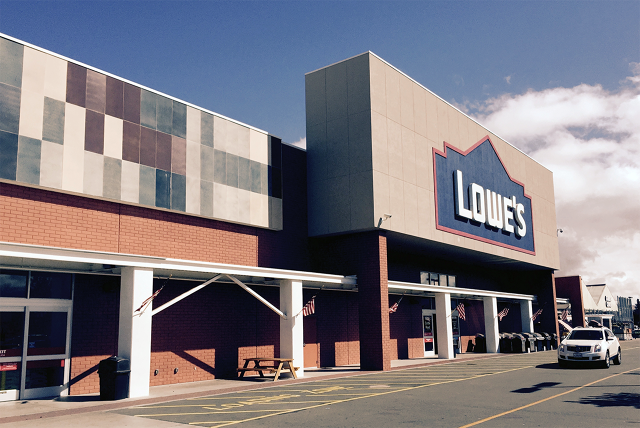
a lot of the sooner San Jose campus is gone. building 25, which Khrushchev visited, was once a candidate for historical maintenance, nevertheless it was once gutted by a mysterious fireplace in 2008; there’s a Lowe’s residence growth heart now. Newly constructed residences and properties occupy land where IBM’s onerous-disk division as soon as stood. every other section of ex-IBM land is now a public park, RAMAC Park–possibly the only one on the earth named after a computer. a number of of IBM’s constructions are nonetheless standing, however simply barely. They’re deserted, in disrepair, and surrounded by means of chain-hyperlink fences and NO TRESPASSING indicators. Ominously, steam shovels and other building equipment are parked local, suggesting that the surviving buildings will not be long for this world.
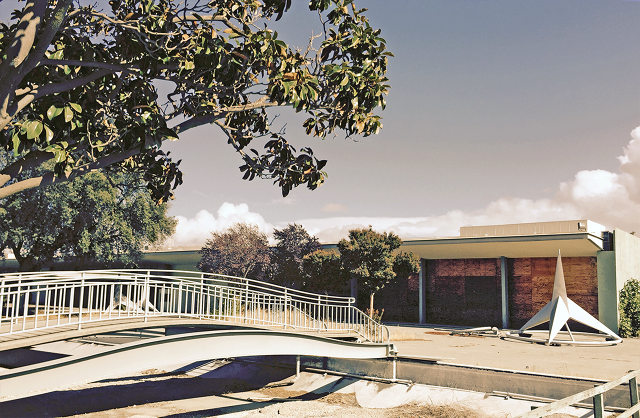
Time marches on–extra fast in Silicon Valley than most places. however Thomas J. Watson Jr., who died in 1993, would without a doubt find satisfaction in the fact that so many expertise firms there proceed to construct themselves places of work so reminiscent of the one he pioneered in San Jose in the Fifties. And i’d prefer to assume that Khrushchev, who was pushed out of energy in 1964 and died in 1971, may well be impressed even these days through how smartly the people who work on these campuses consume.
(521)


